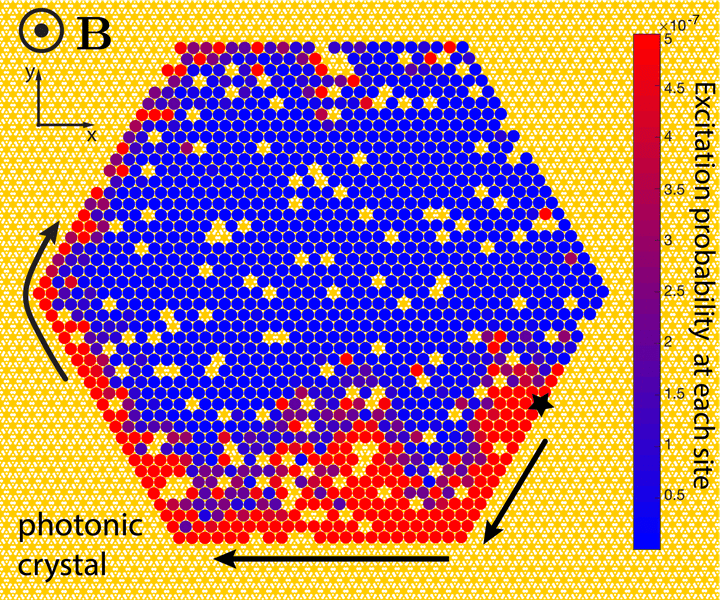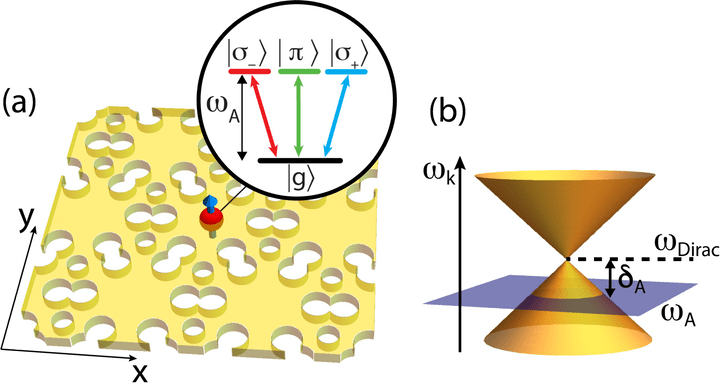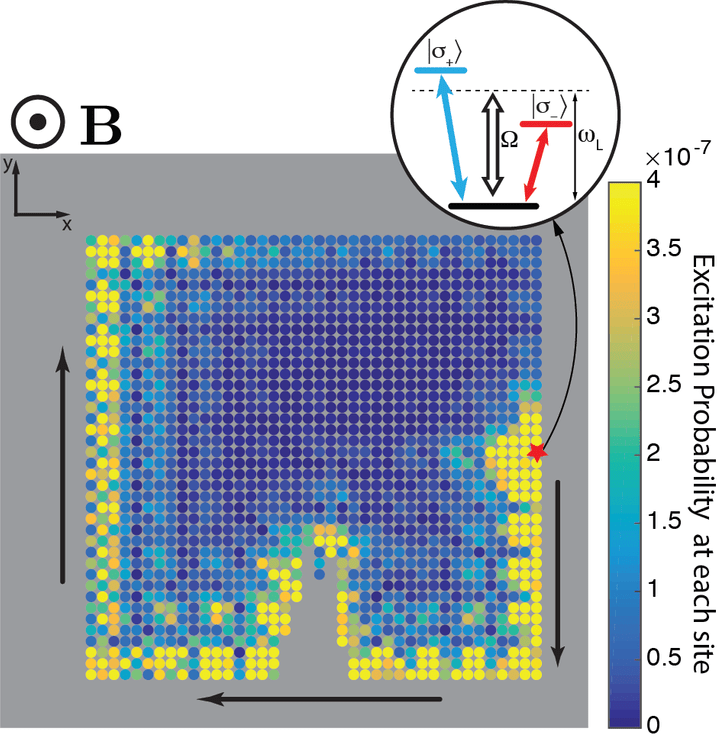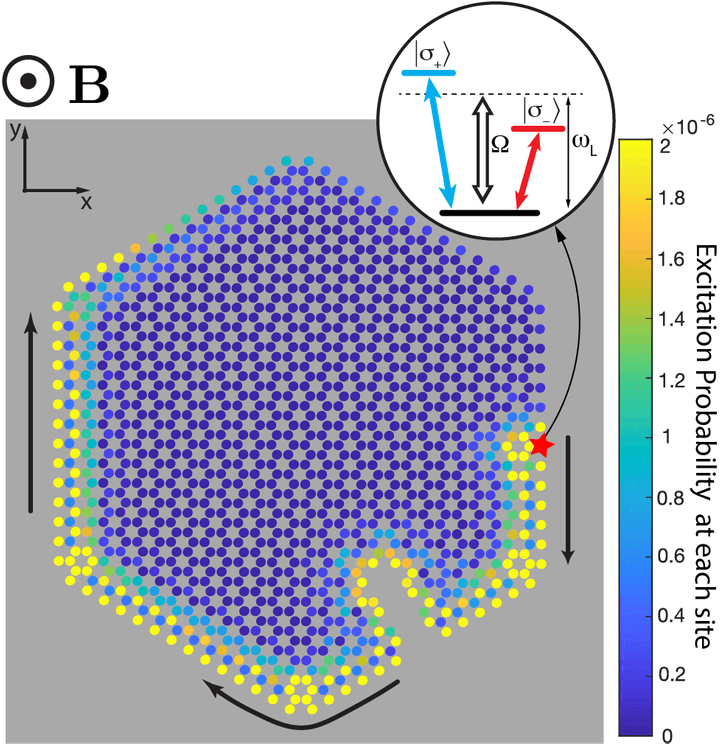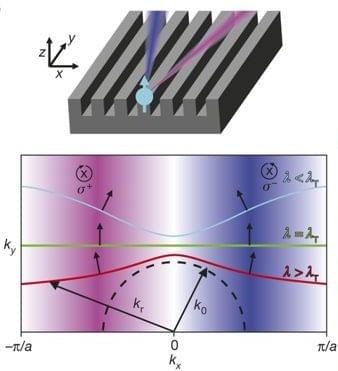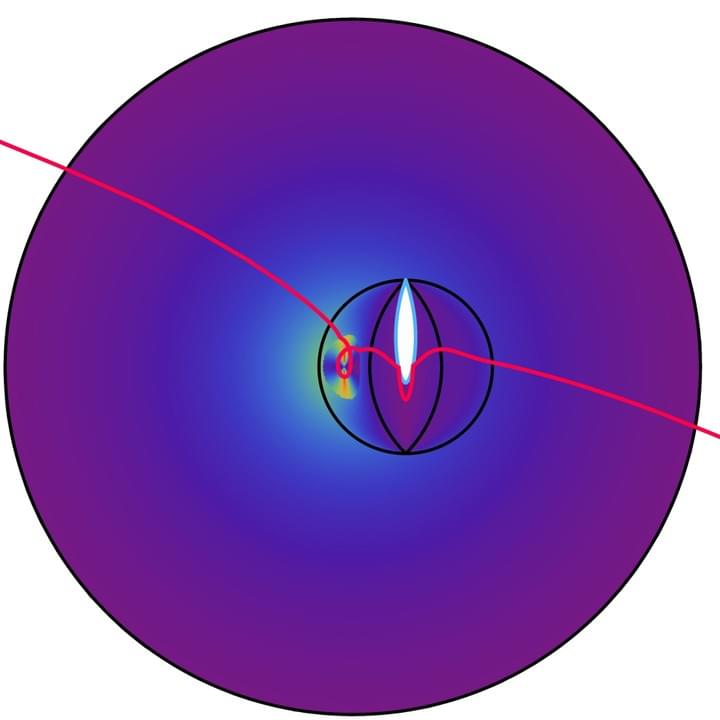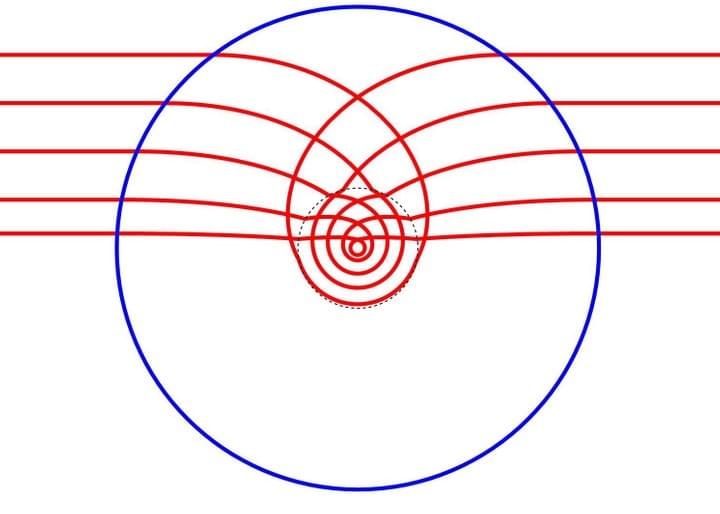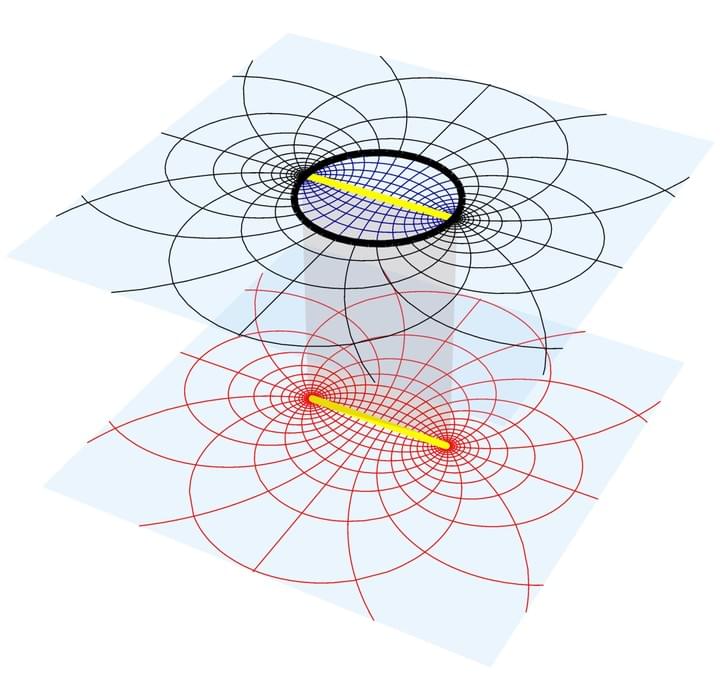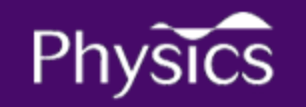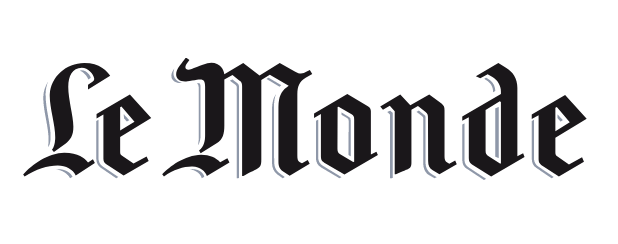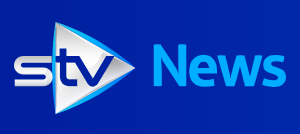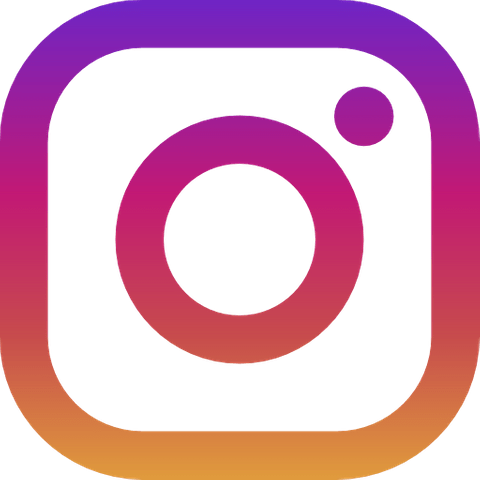
Janos Perczel
quantum physicist | computational science | edtech
I am a quantum physicist, computational scientist and educator focused on solving difficult and impactful problems.
I am the co-founder and CEO of Polygence, an intelligent technology platform for personalized learning that helps students explore what they love, own their learning and build momentum toward their future. At Polygence, I leverage my background in education and technology with the singular goal of scaling personalized learning and solving Bloom's 2-sigma problem.
Previously, I was an Associate at the Department of Physics at Harvard University and obtained my PhD in theoretical quantum physics from MIT in the fall of 2018. My work focused on creating robust nanoscale systems to enable quantum information processing. Most of my thesis was completed while working under the supervision of Prof. Mikhail Lukin at Harvard University.I completed the Mathematical Tripos (Part III) at Cambridge University, obtaining an MA.St in 2012. Prior to that, I completed a B.Sc. at the University of St Andrews in Logic, Philosophy of Science and Physics. My undergraduate research focused on the optical theory of invisibility under the supervision of Prof. Ulf Leonhardt.
I was born and raised in Budapest, Hungary, where I was fortunate to learn from outstanding high school teachers, including Mr. Botond Molnár and Ms. Erika Pálfiné Kovács at the Városmajori Gimnázium.
- The BlogThoughts, musings, and ruminations.There are no published blog posts yet.
Education

Massachusetts Institute of Technology (MIT)
Ph.D. (2012-2018)
Theoretical Quantum Physics

Trinity College, Cambridge
MA.St. (2011-2012)
Part III of the Mathematical Tripos, Applied Mathematics

University of St Andrews
B.Sc. (2008-2011)
Logic, Philosophy of Science and Physics

In this work, we proposed a novel nanophotonic platform that creates strong interactions between atomic bits (qubits) and visible-frequency photons and gives rise to robust photonic states that are extremely resistant to imperfections, such as missing qubits and noise. Such states are important for creating topological quantum computers.

In this paper, we developed a mathematical and computational framework to describe the light emitted by a single atom near a nanophotonic structure with a so-called Dirac cone spectrum. Such photonic structures are actively explored for building large-scale quantum networks,

In this work, we resolved a long-standing controversy regarding the focusing abilities of an optical lens, called Maxwell's Fish Eye. We showed that the lens cannot focus photons to an area whose diameter is smaller than the wavelength of light. We also demonstrated that this lens can create 'entanglement' (the most valuable quantum resource) between atoms.

In this project, we showed that that 2D atomic lattices suspended in free space using lasers can trap visible-frequency photons and guide them around in lossless circular orbits even in the presence of significant imperfections.

In this paper, we borrowed ideas from an abstract branch of mathematics, called topology, to design an atomic system, where photons can travel around the edges of an atomic system with little to no sensitivity to imperfections and missing atoms.

In this experimental project we showed that a non-sized silver grating can exhibit the so called spin-orbit coupling of light, which has important applications in quantum information processing.

In this paper, we provided the theoretical blueprint for an invisibility cloak that can make objects invisible regardless of their color. Previous proposals for invisibility cloaks were all functional only at a single frequency (i.e. single color).

In this work we showed that the invisible sphere (an invisible optical lens) can be implemented with physical parameters that require very careful engineering only in a limited region of the lens (near the center of the sphere).

In this project, we showed how Non-Euclidean geometry can be used to design a system that can hide objects from sight without requiring extreme material parameters for implementation.
Contact
perczel@alum.mit.edu
Janos Perczel © 2019




